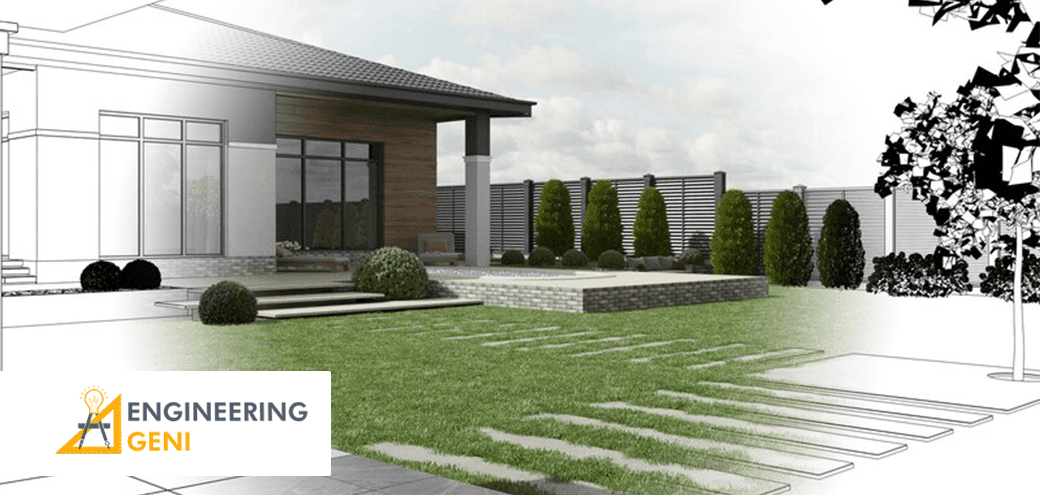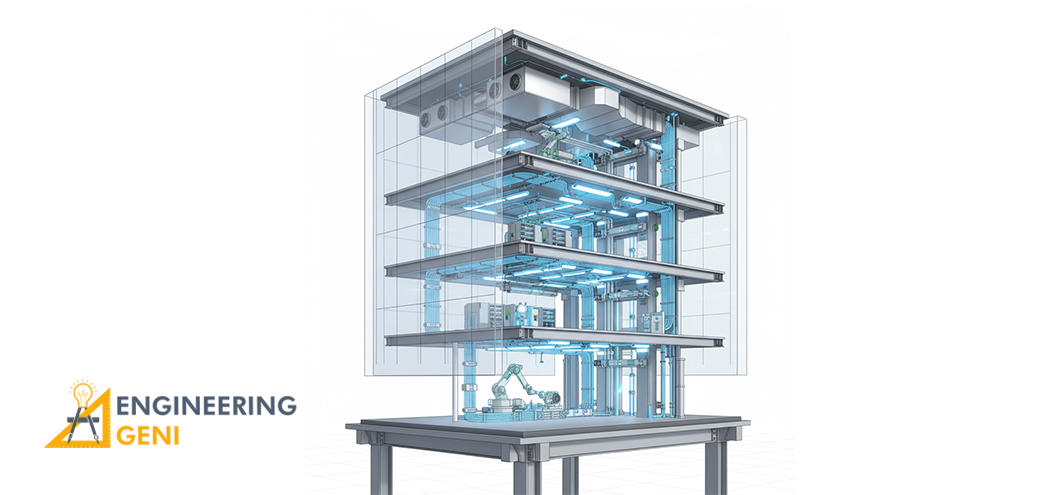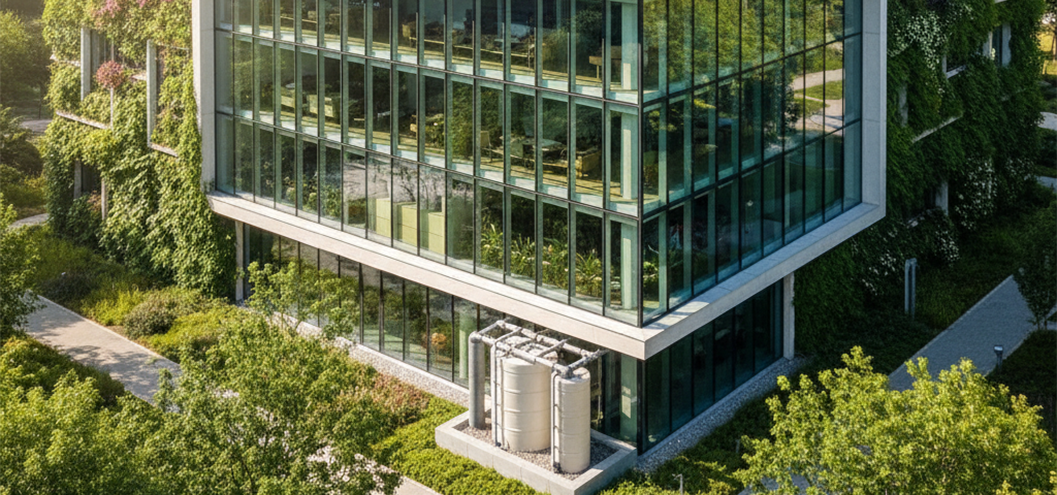What is Landscaping Rendering?
Landscape rendering has become one of the most vital tools in the hands of designers, architects, and homeowners in today’s design world where the first impression really counts. Whether you’re doing a simple backyard renovation or a full-scale landscaping overhaul, it is crucial to get an idea of how it is going to turn out before the work begins. Here lies the part played by landscape rendering.
So what is landscape rendering? In simple terms, it is the production of digital visualizations for outdoor spaces, from gardens to patios, pools, driveways, lawns, and much more. It gives you a clear picture of what your landscape will look like in the end after design is complete, way before putting the first plant in the ground. These visual representations are produced in 3D software and can be anywhere between photorealistic images and stylized conceptual drawings.
Let’s talk about the process of landscape rendering, why it is important, its advantages, its types, its process of creation, and its costs that make it one of the most remarkable tools used in residential and commercial ventures.
Benefits of Landscaping Rendering
The conversion of landscape rendering into an industry standard for outdoor design projects comes with many justifications. Listed below are some of their most notable advantages.
- Visual Clarity
This is by far the greatest advantage of landscape renderings, as they provide unambiguous visual illustrations of the design. Homeowners and clients need no longer rely upon their imagination or decipher blueprints for what the final space will be. - Better Communication
Landscape renderings provide an avenue for designers and clients to communicate better. Whereas everyone may at least visualize the same outcome, misunderstandings and amendments are thus lessened. - Time and Cost Savings
Changes to designs on paper are much cheaper than on-site in the actual environment. The landscape rendering lays bare a design problem that would otherwise become very costly, saving time and effort. - Great Marketing and Sales Tool
For real estate agents and developers, landscape rendering can be a potent sales tool. Attractive renderings market properties, allowing potential buyers to appreciate the value that outdoor spaces bring. - Informed Design Decisions
Renderings allow us to test various materials, planting schemes, lighting, and layouts. We then make sounder decisions regarding design.
Types of Landscaping Renderings
Not all landscape rendering styles are the same. The selection of rendering relies on the demands of the project, the concern of the audience, and the level of intricacy involved in the design. The common categories of landscape design rendering include the following:
- Photorealistic Rendering
This is the rendering style that creates the most realistic representation of a landscape. These kinds of renderings serve well for presentations to clients and marketing. - Conceptual or Artistic Renderings
Less real and more about generalized ideas, broad color schemes, and spatial flow are all included in this category. It’s excellent for early planning when the design is still evolving. - 2D Landscape Plans
The use of 2D colored plans still creates layouts of such things as plants, pathways and furniture by many landscape designers, technically not a 3D rendering. These can be enhanced through artistic textures and notes. - 3D Walkthrough Animations
Such is the landscape design rendering that allows a client to take a virtual tour of what their future garden or patio would be like. - Augmented Reality (AR) and Virtual Reality (VR) Renderings
Advanced design firms nowadays resort to AR and VR for taking landscape rendering to life in a headset or mobile device. Though more expensive, these tools offer a next-level design experience.
Creating Landscaping Rendering
Creating a landscape rendering involves both creativity and technical skill. Following are the steps mentioned in detail of how landscape renderings can be created.
- First Appointment
Collecting data, the dimensions of the site, soil conditions, client objectives, style preferences, and budget, starts the process. - Analysis of the site
Designers go to the site to assess elevation, current features, sunshine patterns, and drainage. This guides optimum plant choices and arrangement. - Idea Development
Basic digital mockups or sketches are produced to define the arrangement and features including water features, garden beds, seating areas, and pathways. - 3D modelling
Using various tools, the designer creates a 3D model of the terrain. Topography, plant species, furniture, and materials are all present in this model. - Render
The 3D model is then “rendered” that is, software converts the design into a high-resolution picture replete with textures, shadows, and lighting. - Client Comments and Revisions
Following the landscape rendering, the designer gathers client comments and makes changes as required before ultimate approval.
How Much Does Landscaping Rendering Cost?
Depending on the scope of the project, the rendering style, and the degree of detail needed, landscape rendering prices can range greatly. General breakdown is here:
- 1. Simple 2D Renders
- $150 to $400
- These are simple color floor designs with little realism and shading.
- Common 3D Landscape Renders
- $400 to $800
- These are not photographic; yet, they have good textures and lighting.
- Realistic photo renders
- $800 to $2,000+
- These are very realistic with exact shadows, foliage textures, and architectural features.
- Walkthroughs or 3D Animation
- $1,500 to over $5,000.
- Immersive video tours call more time and particular knowledge.
Bear in mind, although superior landscape rendering could come with a larger upfront cost, the long-term savings on corrections and miscommunication can be worthwhile every dollar.
Choosing the Best Company for Landscape Rendering?
Selecting the best provider for your landscape rendering requirements will have a lot of bearing. Engineering Geni is a leading USA based company with amazing, thorough, and affordable landscape drawings customized to your vision. Working with the best guarantees that your design is shown clearly and professionally.
Conclusion:
Landscape rendering is an absolute need of planning and visualizing outside areas whether you’re a designer, developer, or homeowner. It lowers expensive errors, increases customer confidence, and provides unmatched clarity. From artistic drawings to photorealistic images, landscape renderings can suit every budget and taste. The opportunities for creating and distributing lovely outdoor areas will only increase as technology advances.
“Ready to visualize your dream outdoor space? Contact Engineering Geni to discuss your landscape rendering project today!”
FAQs:
Q1: What is Rendered terrain?
Ans: Landscape rendering is the method of producing digital depictions of outdoor areas like gardens and patios to demonstrate how a design will look when finished.
Q2: What time is required to finish a landscape rendering?
Ans: Basic renderings can take two to three days, but more complex or animated renderings might need one to two weeks.
Q3: Can I design my own landscape rendering?
Ans: Yes, if you are tech savvy and use beginner-friendly programs. But for commercial or high-value projects, though, professional renderings are advised.




